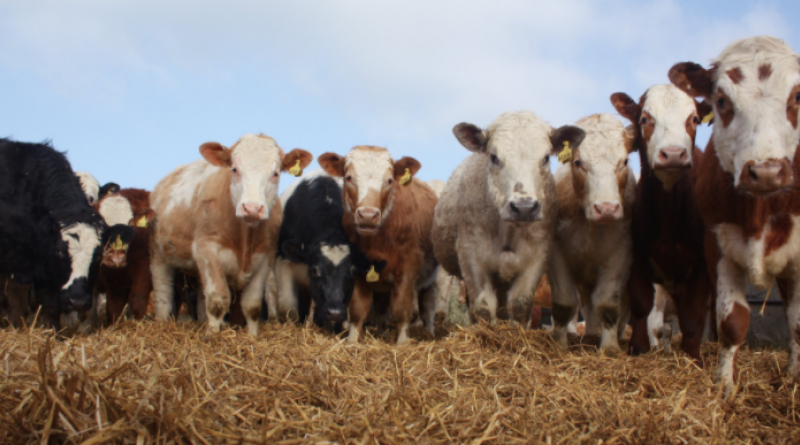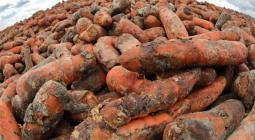Study reveals the climate footprint of the food sector. And it’s a lot

Our food habits are largely unsustainable.
From its production to its consumption, the food we eat is one of the biggest contributors to the climate crisis, a new study has shown. Researchers in Europe have found that more than a third (34%) of all man-made greenhouse gas emissions are generated by food systems – mainly because of deforestation, fertilizer use, distribution, and waste.
It’s not just what you put in your mouth. Food has to be farmed, harvested or caught, transported, processed, packaged, distributed, and cooked, and the residuals have to be disposed of. Each of these steps causes emissions of anthropogenic greenhouse gases. Inputs such as fertilizers need to be produced and made available at the right time and location, causing extra emissions.
Several reports in the past have quantified the climate footprint of food, but the authors behind this new research led by the European Commission’s Joint Research Centre argue theirs is the first to cover all countries and sectors, providing a comprehensive picture of the emissions on the world’s plates. They’ve put it all in a database named EDGAR-FOOD, the first global food emission inventory ever produced.
The study covers greenhouse gas emissions between 1990 and 2015. The researchers noted in that period a decoupling of population growth and food-related emissions, which emissions growing slower than the population. Still, they found large variations across the world, with some regions seeing big increases in emissions due to domestic demand and exports.
More than 70% of food system emissions are from the use of land for agriculture, while 32% come from land-use changes, including deforestation and soil degradation. China, Indonesia, the United States, Brazil, the European Union, and India were found to be the six top-emitting economies, accounting for more than 50% of the total emissions of the food system.
“Unlike overall GHG emissions, the food production sector is not overwhelmingly dominated by CO2 emissions from fossil fuels; land-based emissions are particularly relevant. Nevertheless, in line with the ongoing socio-economic development trends, food emissions are being increasingly determined by energy use, industrial activities, and waste management,” the researchers wrote.
Looking at each greenhouse gas, the study found about half of the total emissions were carbon dioxide – mainly from land use due to deforestation and energy due to packaging and transportation. A further third was from methane, released by livestock because of entering fermentation, with the remainder corresponding to nitrous oxide from fertilizers.
The researchers also highlighted the growing volume of emissions from the increased energy use in food production, especially in the developing world – where the use of mechanization and pesticides had matched or even outpaced advanced economies. Emissions from food retail are also on the rise because of the larger demand for refrigeration to prevent food from spoiling.
It’s a massive challenge and in order to address it food system emissions have to be largely reduced, especially in the supply chain, while enabling people access to healthier diets, the researchers argued. A study last year said that if food system emissions aren’t addressed, they would push Earth above the 1.5ºC warming threshold by 2050 just by itself.
“Food systems are in need of transformation,” lead researcher Adrian Leip told Forbes. “Mitigation by reducing emissions from deforestation and on the farm is already very much in the focus of many mitigation policies. But our data show also an increasing significance of emissions from energy use, mainly post-farm gate, which shows the intricate link between the land and the energy systems.”
The study was published in the journal Nature Food.
10 March 2021
ZME SCIENCE




